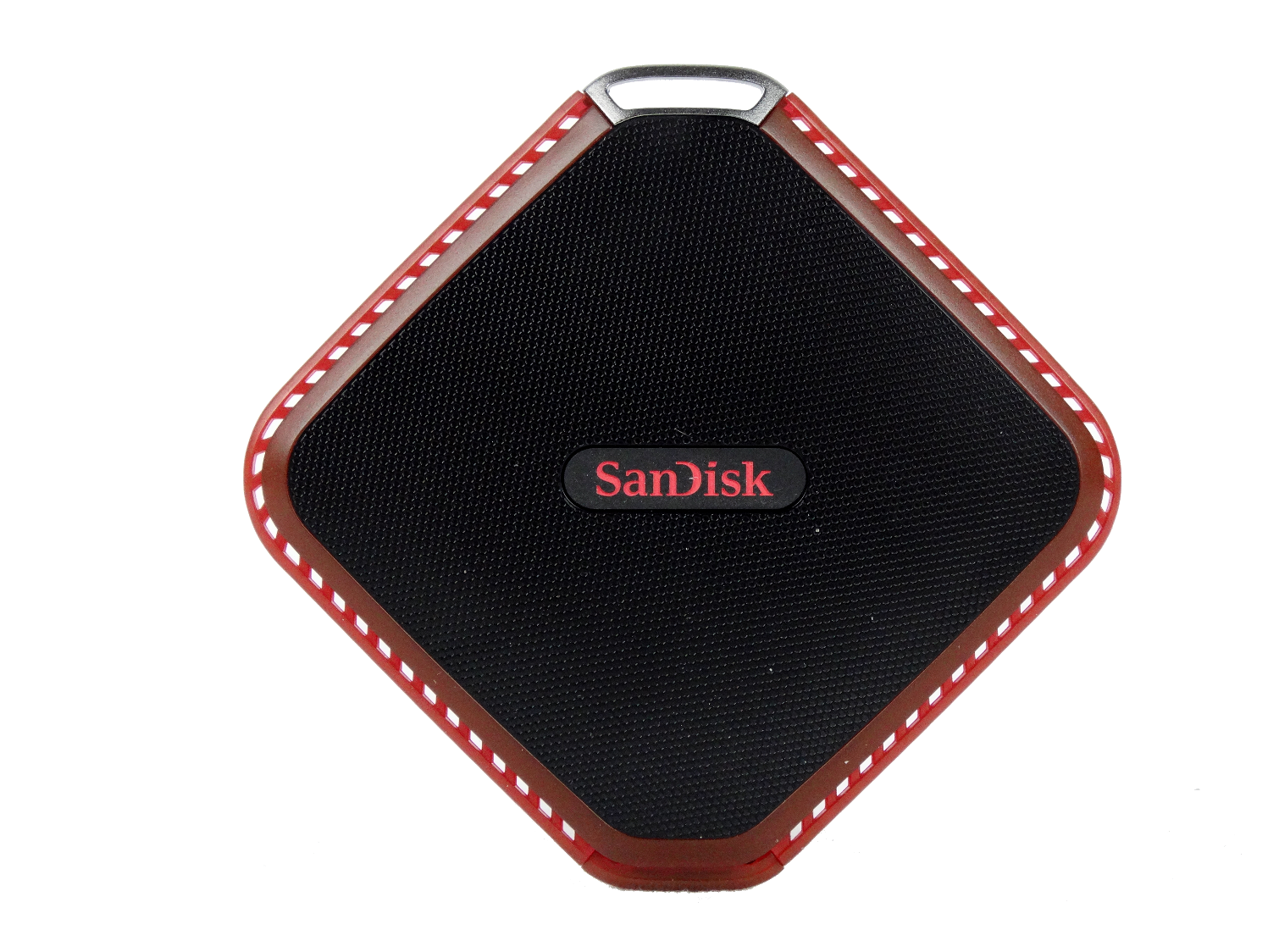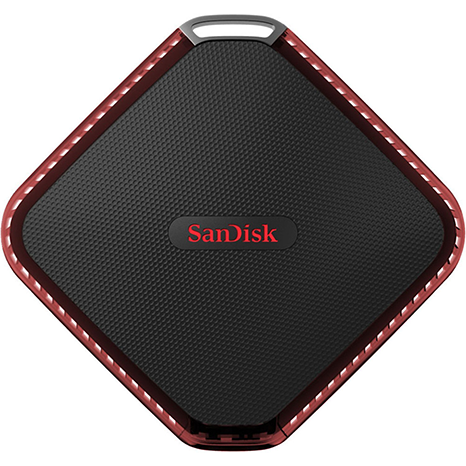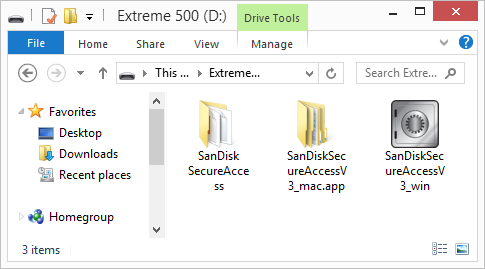Early Verdict
The SanDisk Extreme 510 Portable SSD was an attempt to recreate the magic from the previous generation, but it came up short in all but one category. The 510 looks a little nicer than the 500 series, but the performance and cost fails to generate a buy recommendation.
Pros
- +
Exciting look with good color contrast
- +
A small but useful software package
Cons
- -
Poor write performance
- -
High cost
- -
It could be smaller
- -
Only one capacity
Why you can trust Tom's Hardware
Specifications And Features
TLC (3 bit-per-cell) NAND began piling up before the flash shortage. We had a run of very low-cost TLC-based consumer SSDs come to market, but sales volume wasn't enough to burn through the inventory. Companies needed to find a new avenue to move more flash to customers, and external SSDs sounded like a feasible idea. This category has been around for several years, but high prices have held it back. That changed in 2016.
SanDisk flew under the radar for most of 2016 as it released a run of entry-level and mainstream client SSDs while sorting through the details of adding "A WD Company" after the SanDisk name. The company hasn't been able to follow up with an enthusiast winner like its high-performance Extreme Pro SSD, which came to market in 2014. Most of its new products have been in the portable category.
SanDisk has several very attractive USB products that recently came to market. It's a tough market dominated by rebadged products and shoppers looking to spend the least amount possible. Few users research before buying a thumb drive and many of the sales come from retail-packaged products that are sold next to the checkout counter like bubble gum and candy.
The SanDisk Extreme 510 Portable isn't a typical impulse buy at checkout. The drive only comes in a single 480GB capacity and sells for around $200 online. It comes at a $50 price premium over the Extreme 500 Portable 480GB, but it is nearly identical to the user. The company based the updated 510 model on the SanDisk Ultra II consumer SSD, while it based the older 500 model on the Ultra Plus. Both products in consumer SSD form utilize 19nm 3-bit per cell (TLC) NAND, but the 510 uses second-generation 19nm with a smaller die.
Specifications
The SanDisk Extreme 510 Portable uses a low-power Marvell 4-channel controller that connects to a USB-to-SATA bridge chip. The Extreme 500 Portable used a similar 4-channel controller from Silicon Motion, Inc (SMI), but the change isn't too significant. We consider both controllers entry-level by today's consumer SSD standards.
The Extreme 510 Portable is about the same size as a small drink coaster. It's small enough to fit comfortably in your jeans and rugged enough to sit on. SanDisk certified the drive up to IP55 for both dust and water (splash) resistance. The casing features some shock protection, but it is mainly to keep the drive looking new. SSDs are resilient by default; we've hit a consumer SSD with a baseball bat, and the drive was still functional.
We hoped the Extreme 510 would ship with the elegant reversible Type-C connector, but it dons the same USB 3.0 Type-B connector we found on the Extreme 500 Portable. The Type-C connector wouldn't make the 510 any faster, but it would eliminate the clumsy Type-B connector. We've always found the connector to be slightly fragile because it has two distinct sections with very thin metal between them.
Get Tom's Hardware's best news and in-depth reviews, straight to your inbox.
SanDisk claims up to 480 MB/s sequential read and 430 MB/s sequential write speeds. The write speed varies due to the TLC NAND. The Ultra II SSD uses SanDisk's proprietary nCache 2 SLC buffer, which means the 480GB drive has a dedicated 20GB slice of programmed SLC. The data folds into the TLC portion with minimal controller activity. It's effective and reduces flash wear, but it isn't as fast as newer direct-to-die write technology found on newer entry-level TLC-based products.
Pricing And Warranty
We found the SanDisk Extreme 510 Portable 480GB online for around $200. It costs roughly $50 more than the Extreme 500 Portable 480GB, and both products ship with the same 2-year warranty.
Software
You can use the Extreme 510 Portable SSD right out of the box. SanDisk already loaded the software on the disk for PCs and Macs; you'll need to install it to access the advanced features.
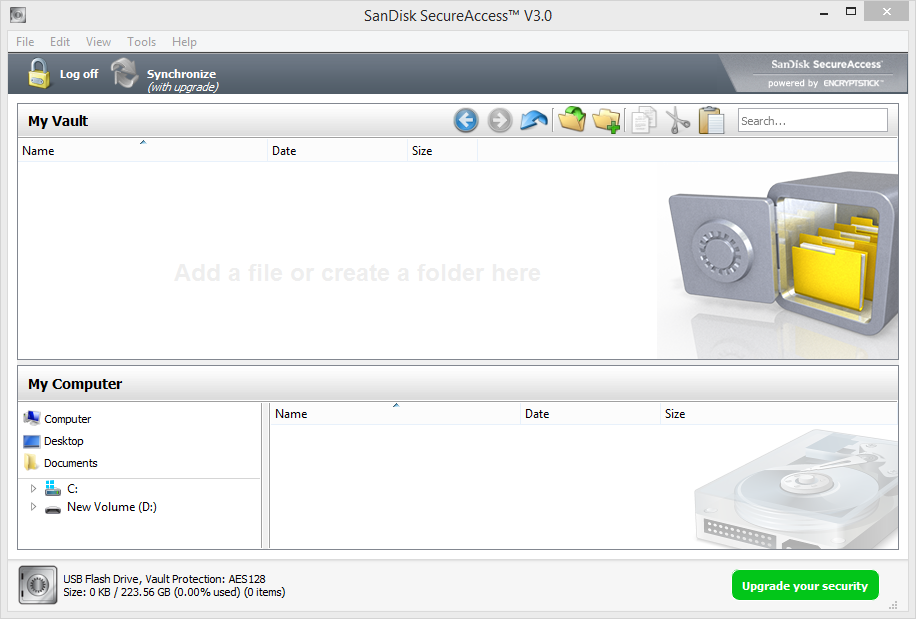

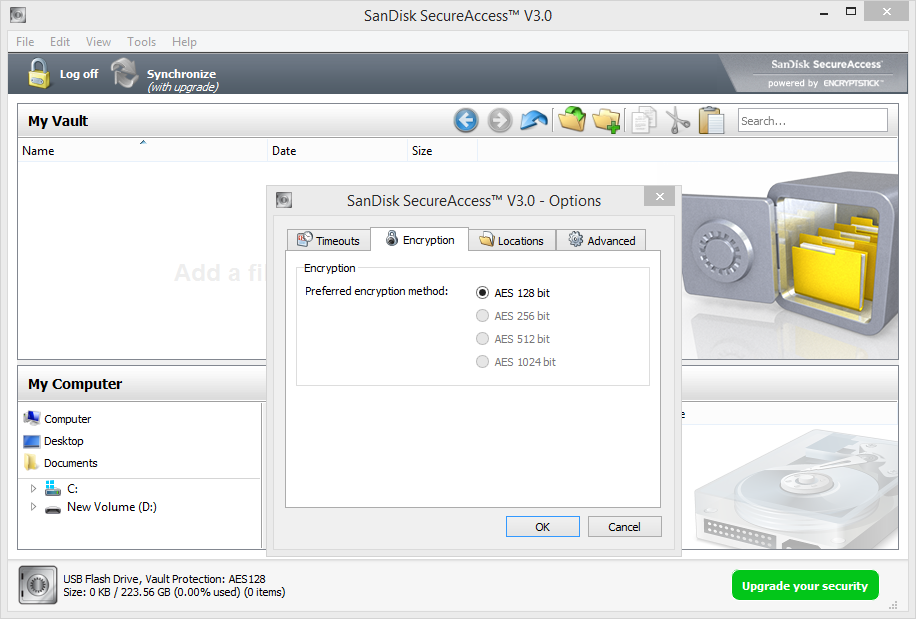


SanDisk Secure Access 3.0 lets you safeguard your data with AES 128-bit encryption, and there's also an upgrade available.
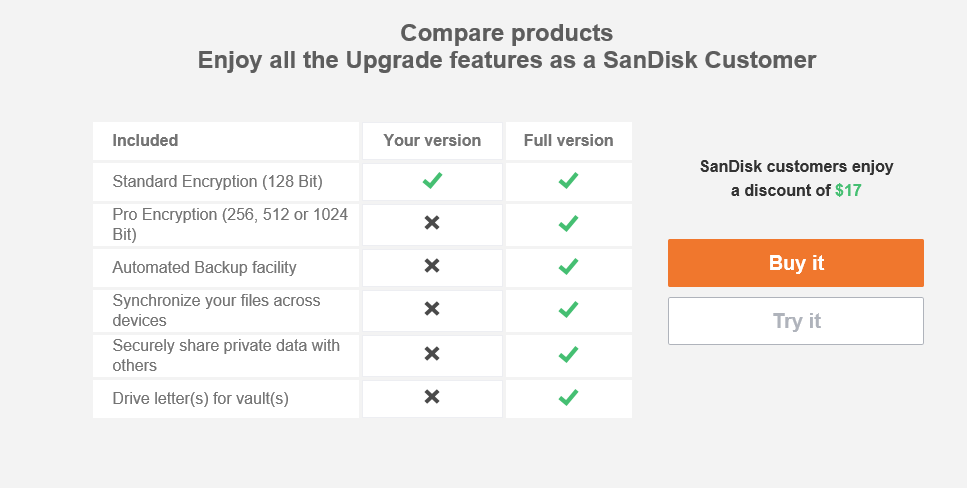

If you're willing to shell out a few more bucks, you can increase the encryption to 1024 bits. If the price of the Extreme 500 weren't so low, we would frown on this approach. Because the hardware itself is fairly inexpensive, I'll simply say that I don't care for SanDisk's strategy. It reminds me of the commercial where a guy has a credit card reader built into his remote control. Hey, honey, we have fees in here.
If you need the additional functionality, paying $13 isn't going to break the bank. But it's notable that the encryption is software-based, not a hardware-accelerated capability of the Marvell controller. It's good enough to stop local hoodlums from getting at your data, but I wouldn't bet a life sentence on keeping the NSA out.
A Closer Look
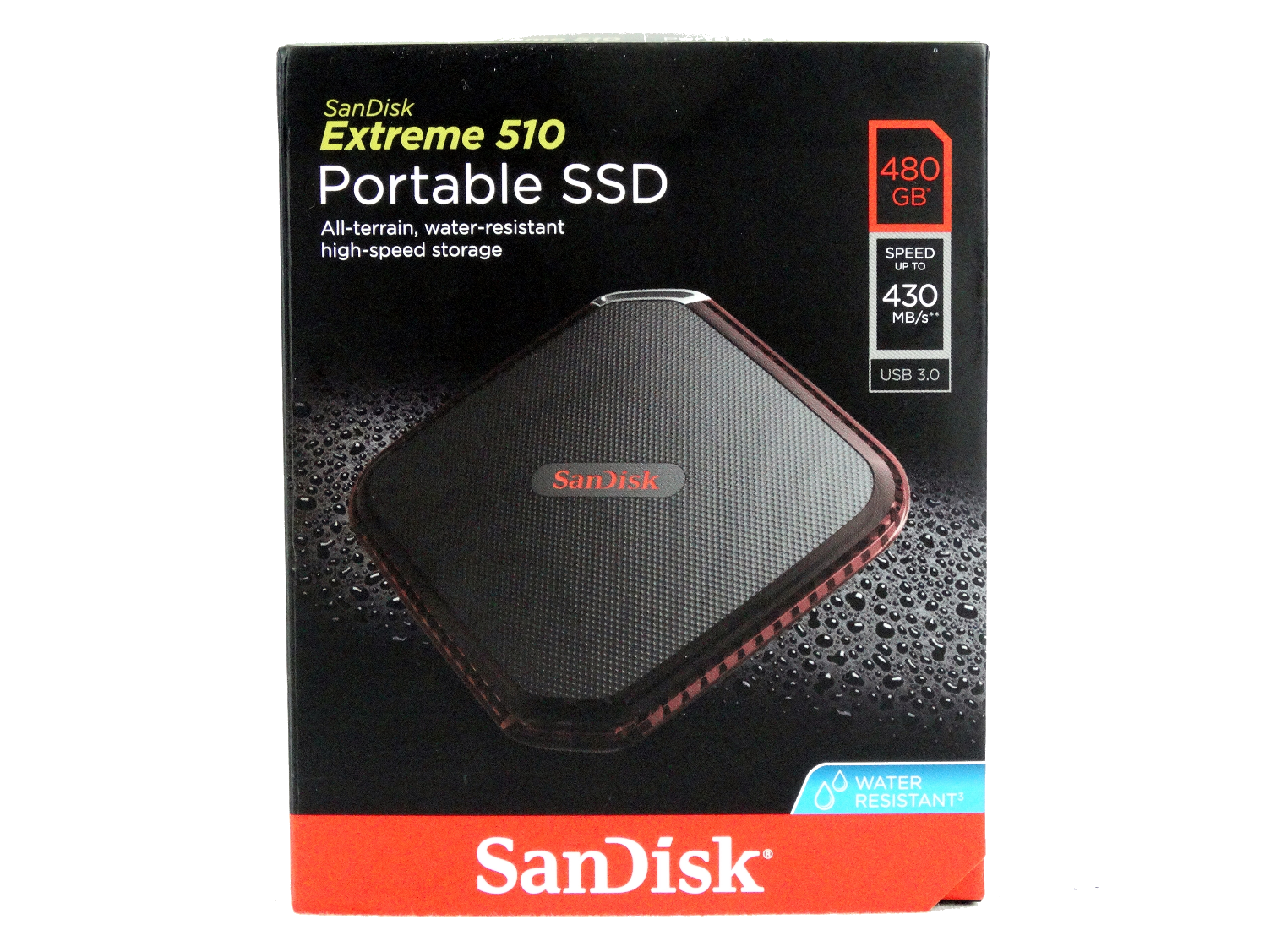

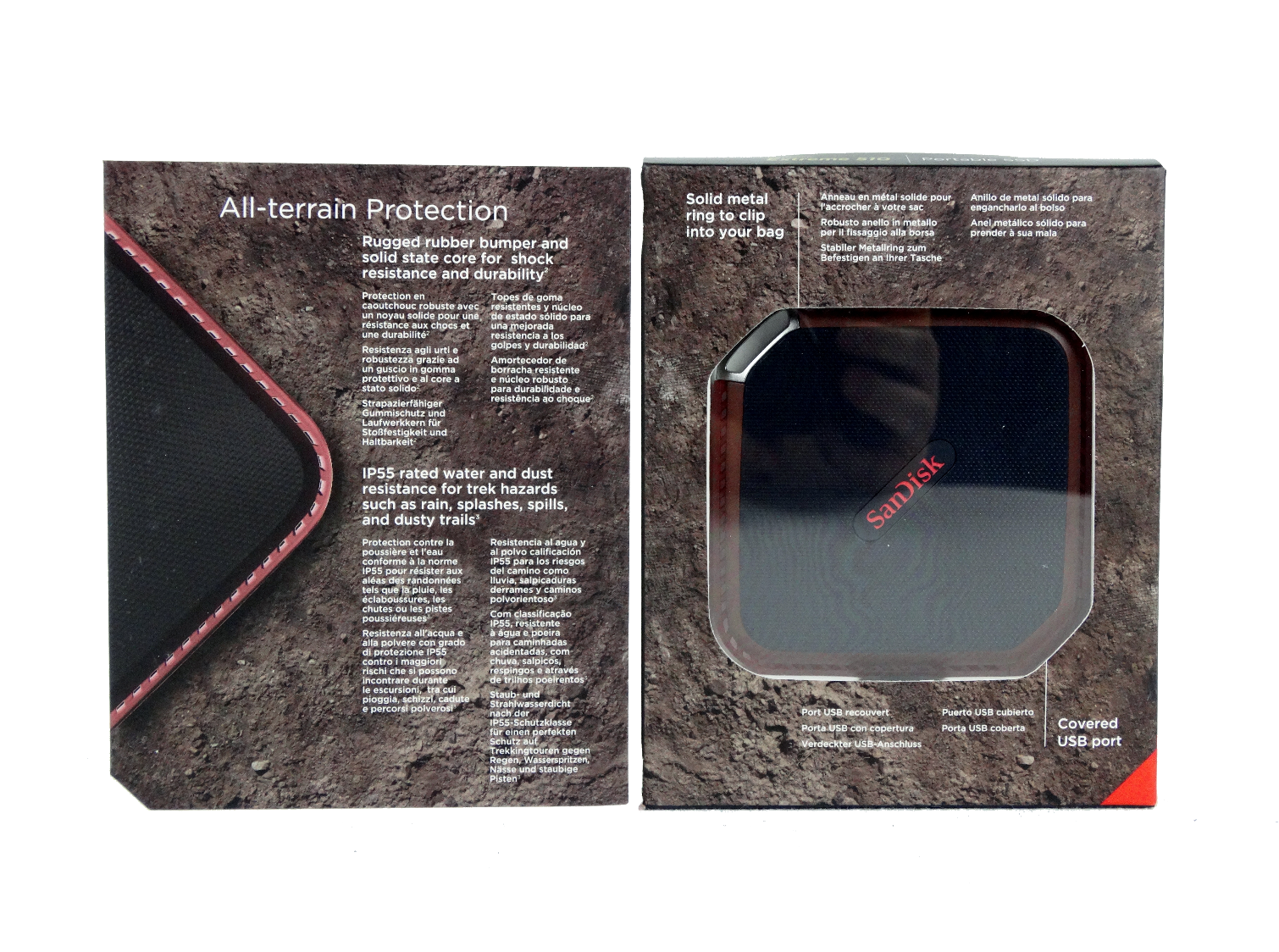
The Extreme 510 Portable ships in a retail-friendly package. SanDisk has a large retail presence, and you can even find the company's products at Walgreens and other corner-store shops. This product is a little more expensive than the $15 thumb drives and SD cards you usually find there, but stores like Best Buy and Fry's also carry this model.
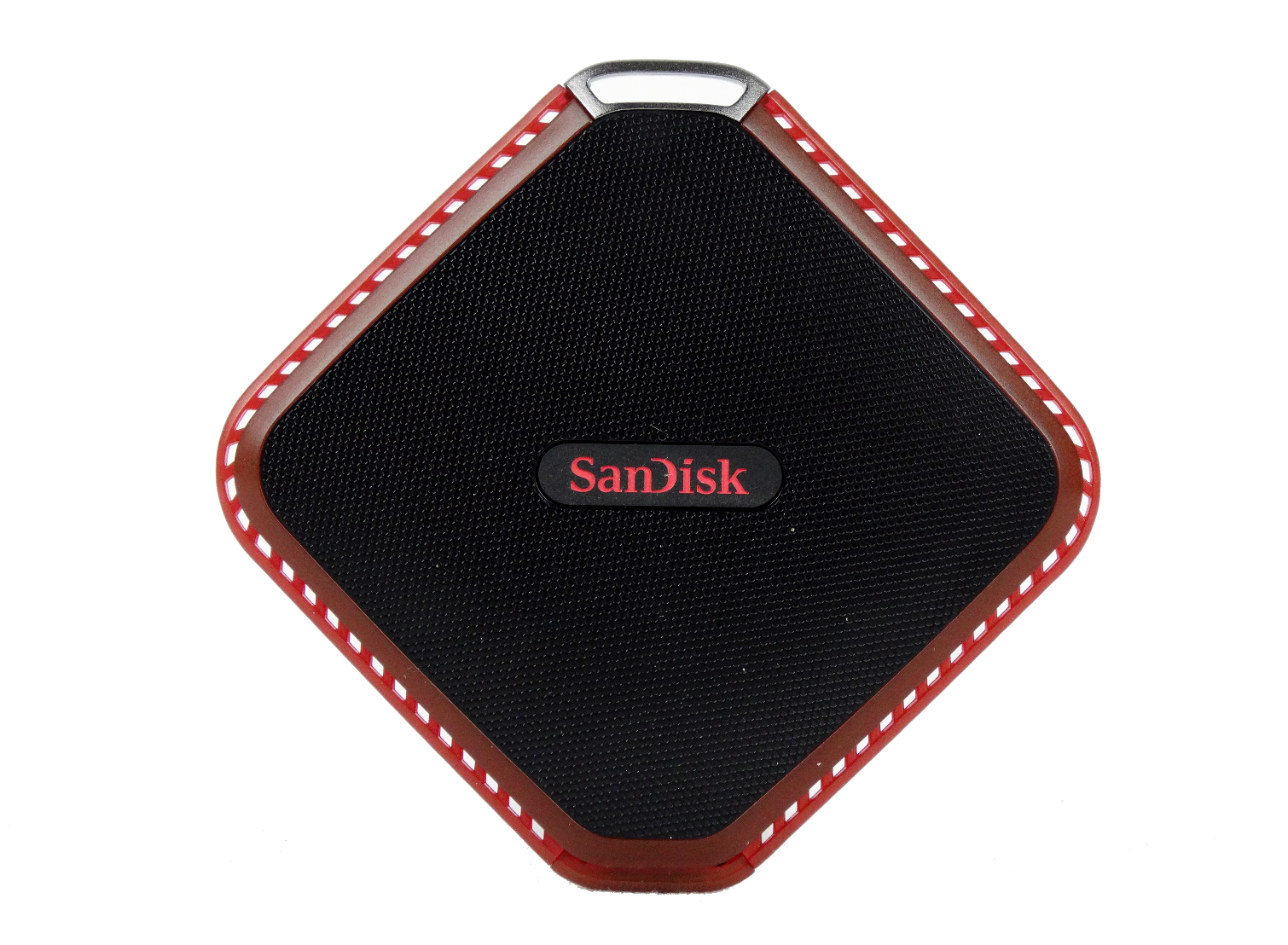
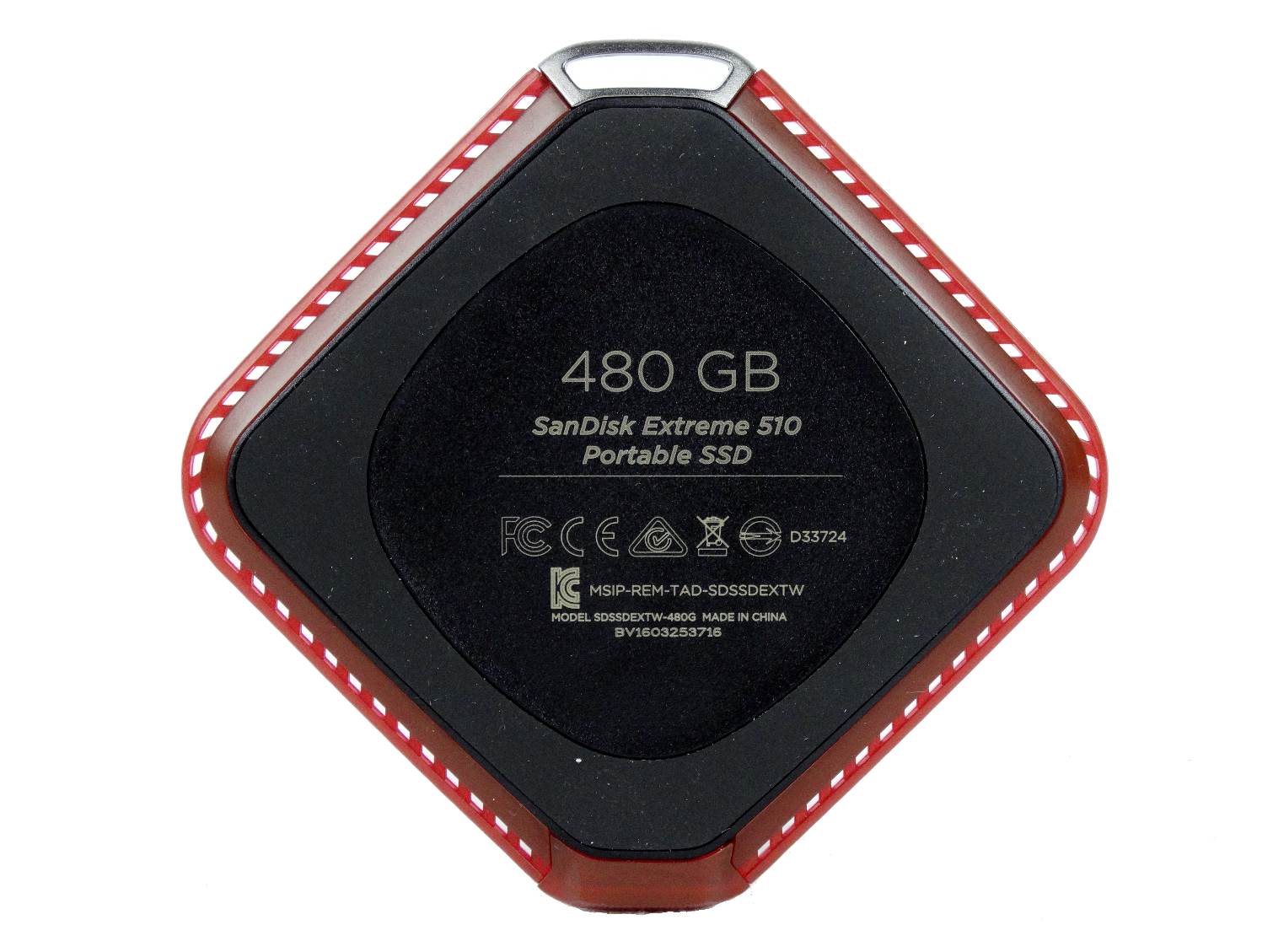
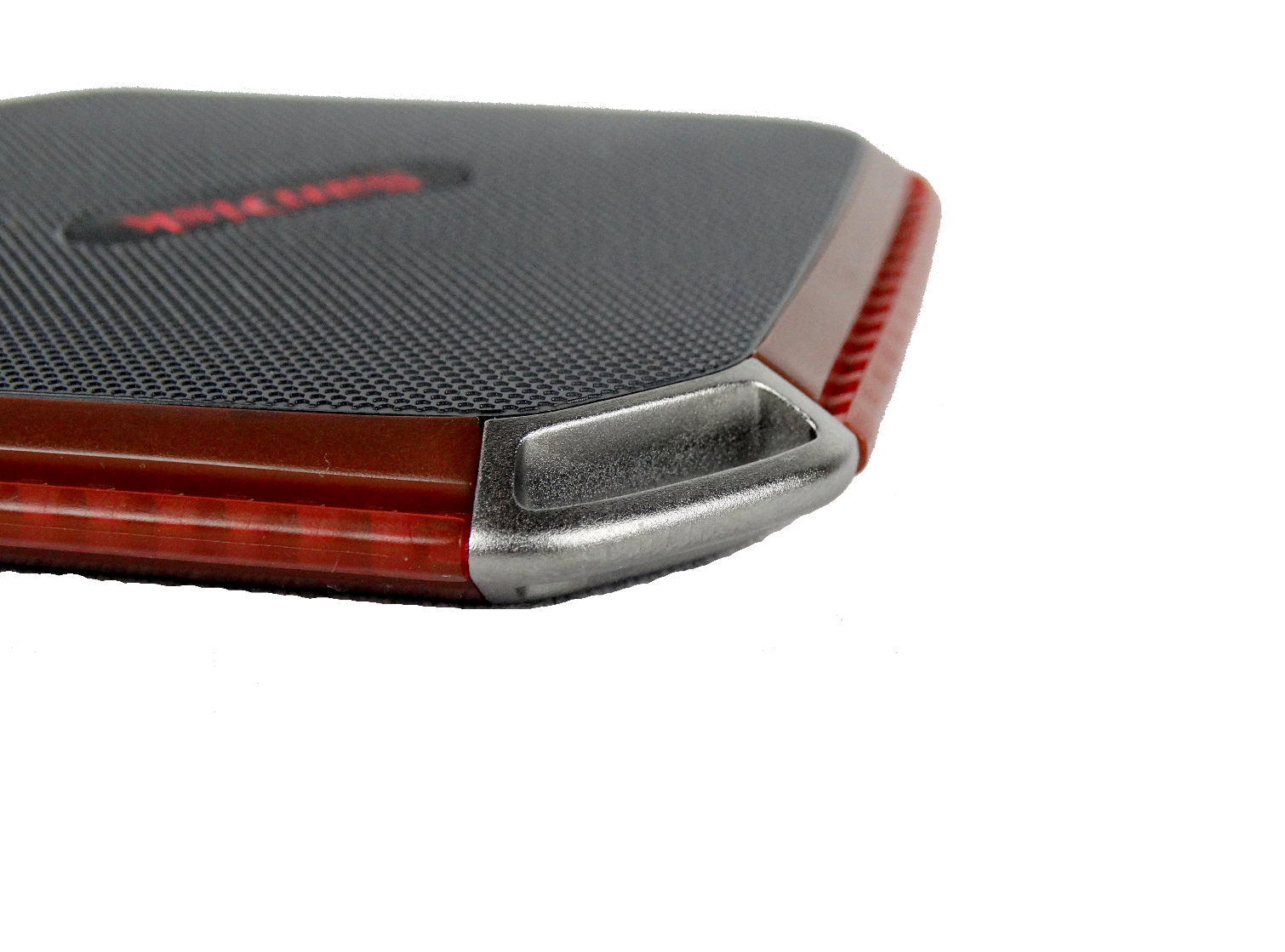


The drive has two distinct textures, one on each side. The diamond shaped cuts on the top gives you a nice grip when you hold the device. On the other side, we found a thin rubber-like texture that keeps the portable SSD from slipping off of a table, car dashboard or airplane tray.
The overall design is very nice. This is a sturdy portable SSD; it's not too light, and it's not too heavy. The red rubber bumper on the outside appears functional, but it is also attractive. The Extreme 510 Portable is IP55 rated when the USB cover is in place. That means you can splash water on the device without damaging it (the second 5 means it's dust resistant).
There are two possible points of failure on the case. We've never really liked the USB port, but that mainly comes from damaging a few in early products with the connector. The hard gray plastic on the other end is another possible issue. You can connect the drive to a keychain ring, lanyard, or another type of product, but it's plastic and not metal.
MORE: Best SSDs
MORE: How We Test HDDs And SSDs
MORE: All SSD Content

Chris Ramseyer was a senior contributing editor for Tom's Hardware. He tested and reviewed consumer storage.
